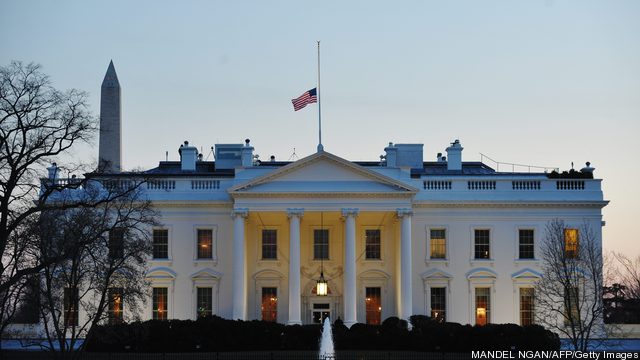
Markets run in cycles; we are all at the mercy of ups and downs in the macro and micro. Commodities markets, including those for energy, are often held to the dictates of “supercycles.” Infrastructure for commodities is so expensive, development timelines are so lengthy and the underlying shifts in demand and supply occur over such long phases that energy prices and resulting investments rise and fall over decades, not months.
The modern energy economy was born in one great supercycle around the middle of the twentieth century, and we are still its heirs. In the wake of a privately-sponsored boom in energy technology development and deployment in the 1920s, the US government responded to the inequities of the Great Depression of the 1930s by investing in huge electrification projects, choosing technologies, firms and energy types by fiat as it went. Keep reading →








Energy Politics Supercycle Falters: AOL Energy Comment
By Peter GardettMarkets run in cycles; we are all at the mercy of ups and downs in the macro and micro. Commodities markets, including those for energy, are often held to the dictates of “supercycles.” Infrastructure for commodities is so expensive, development timelines are so lengthy and the underlying shifts in demand and supply occur over such long phases that energy prices and resulting investments rise and fall over decades, not months.
The modern energy economy was born in one great supercycle around the middle of the twentieth century, and we are still its heirs. In the wake of a privately-sponsored boom in energy technology development and deployment in the 1920s, the US government responded to the inequities of the Great Depression of the 1930s by investing in huge electrification projects, choosing technologies, firms and energy types by fiat as it went. Keep reading →